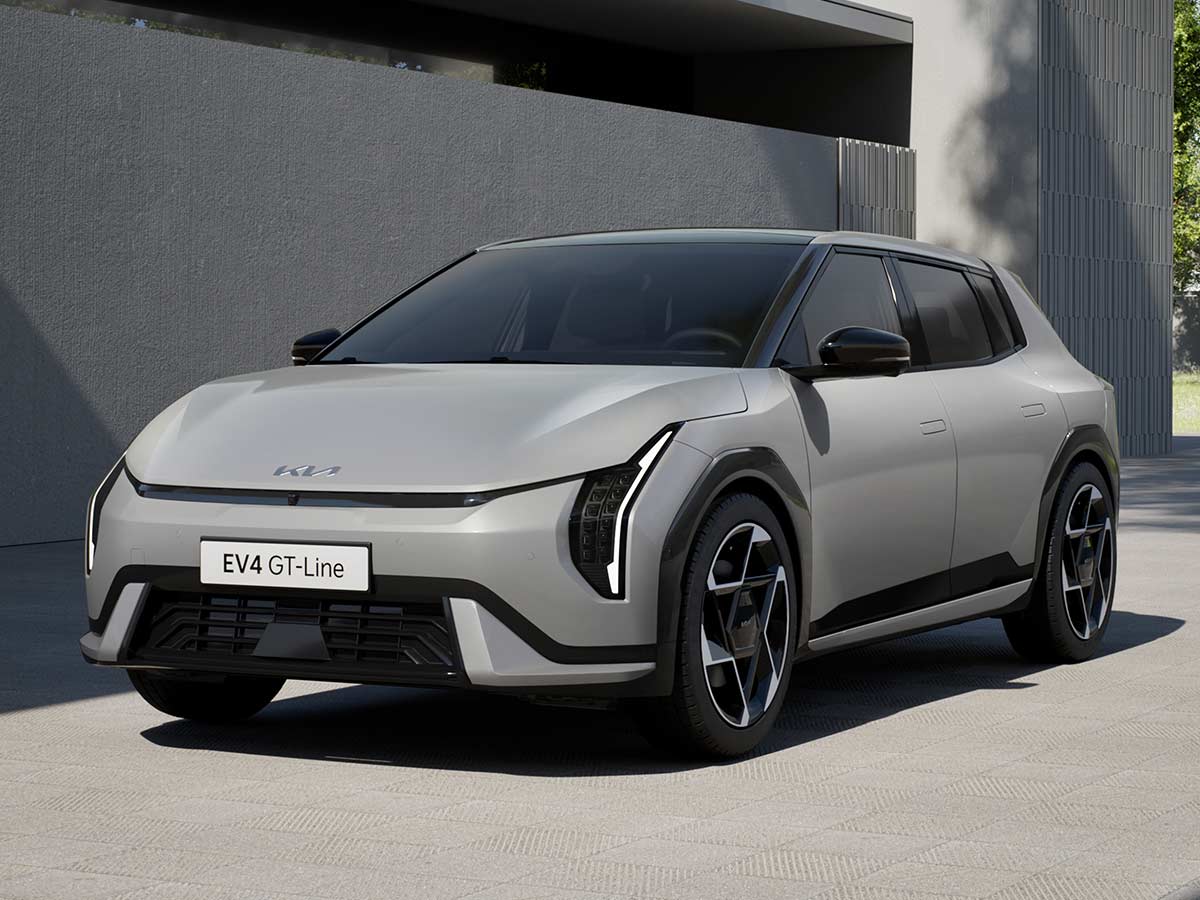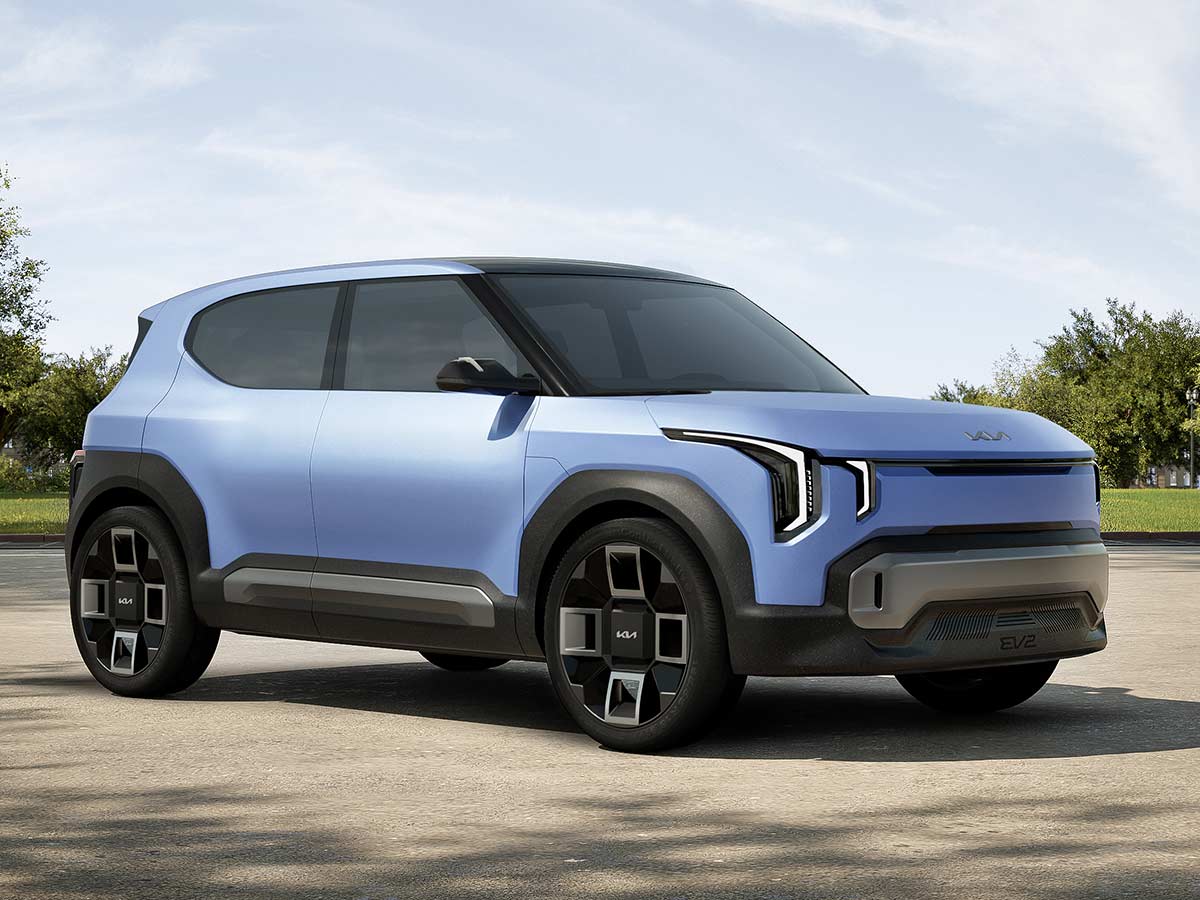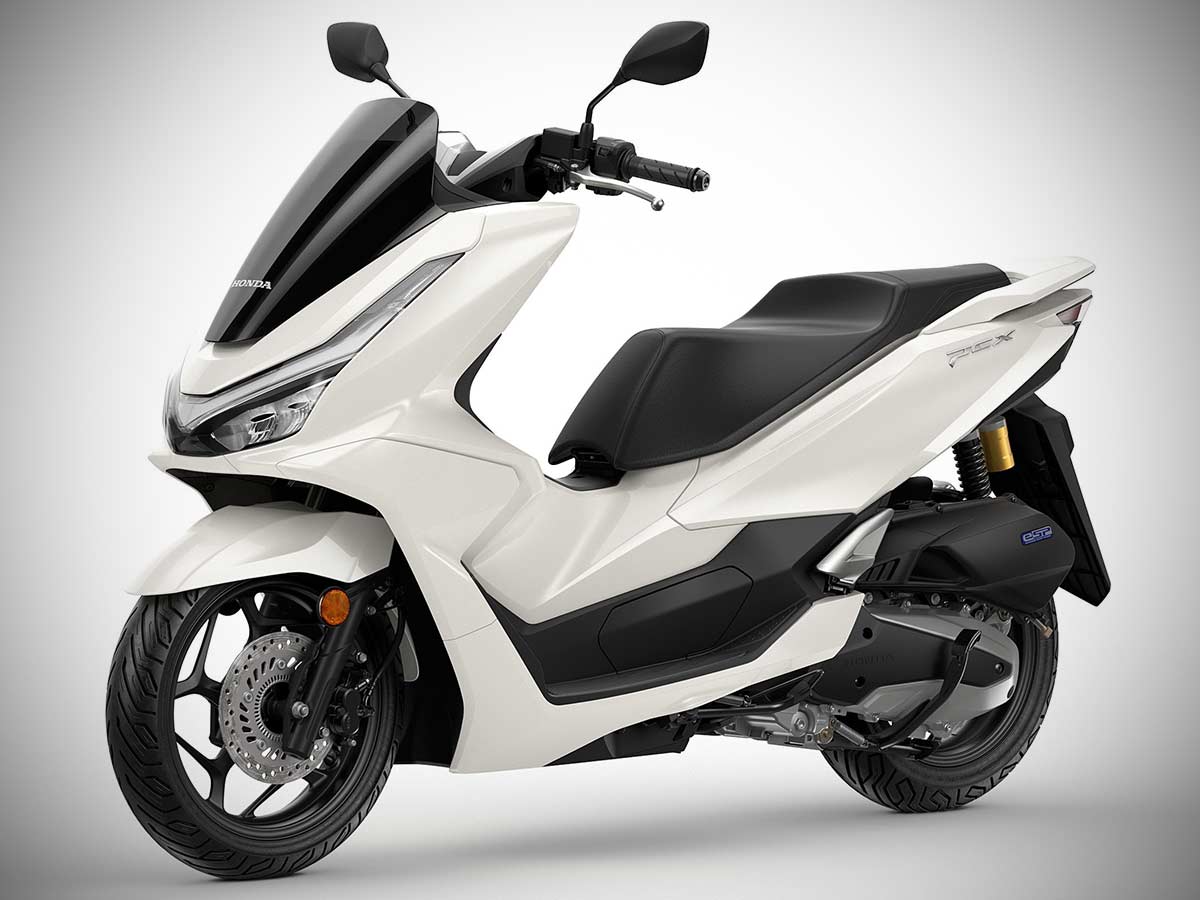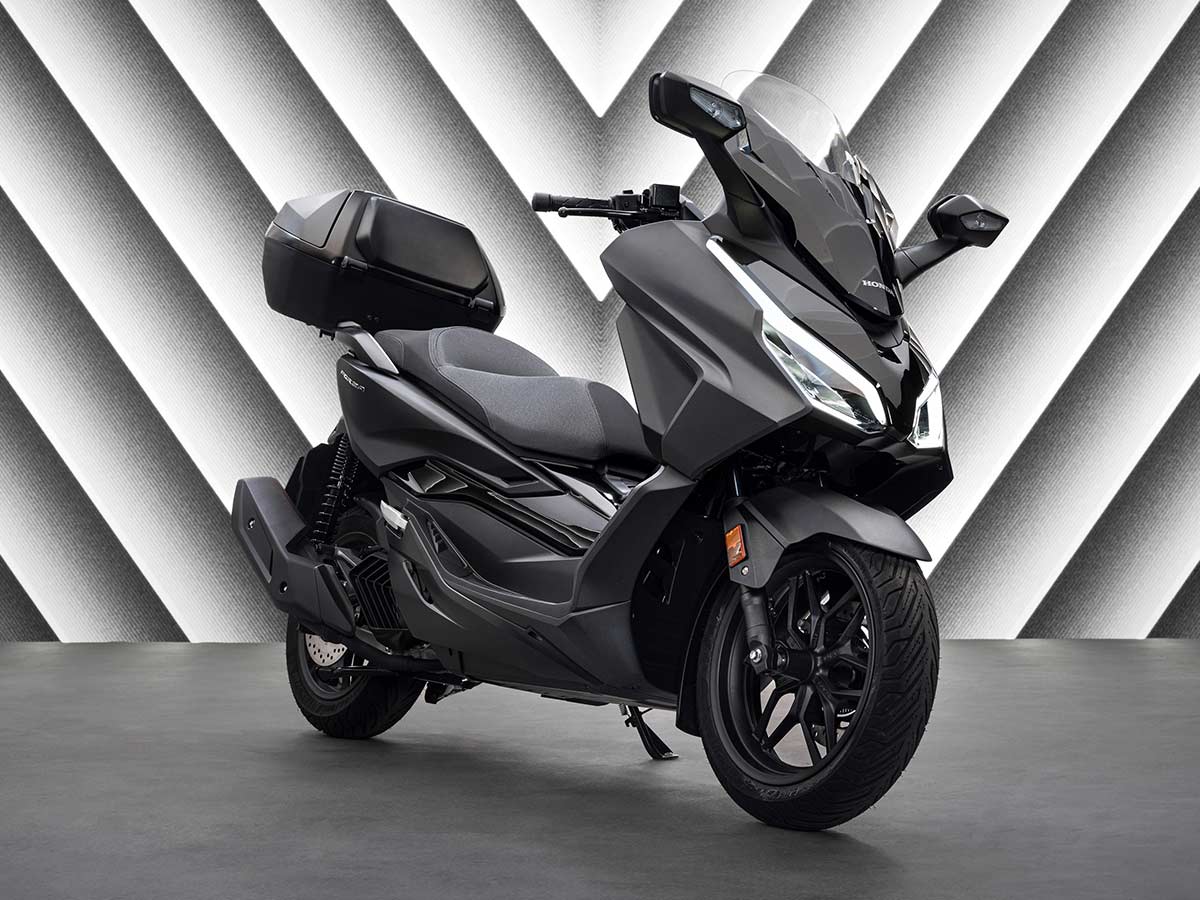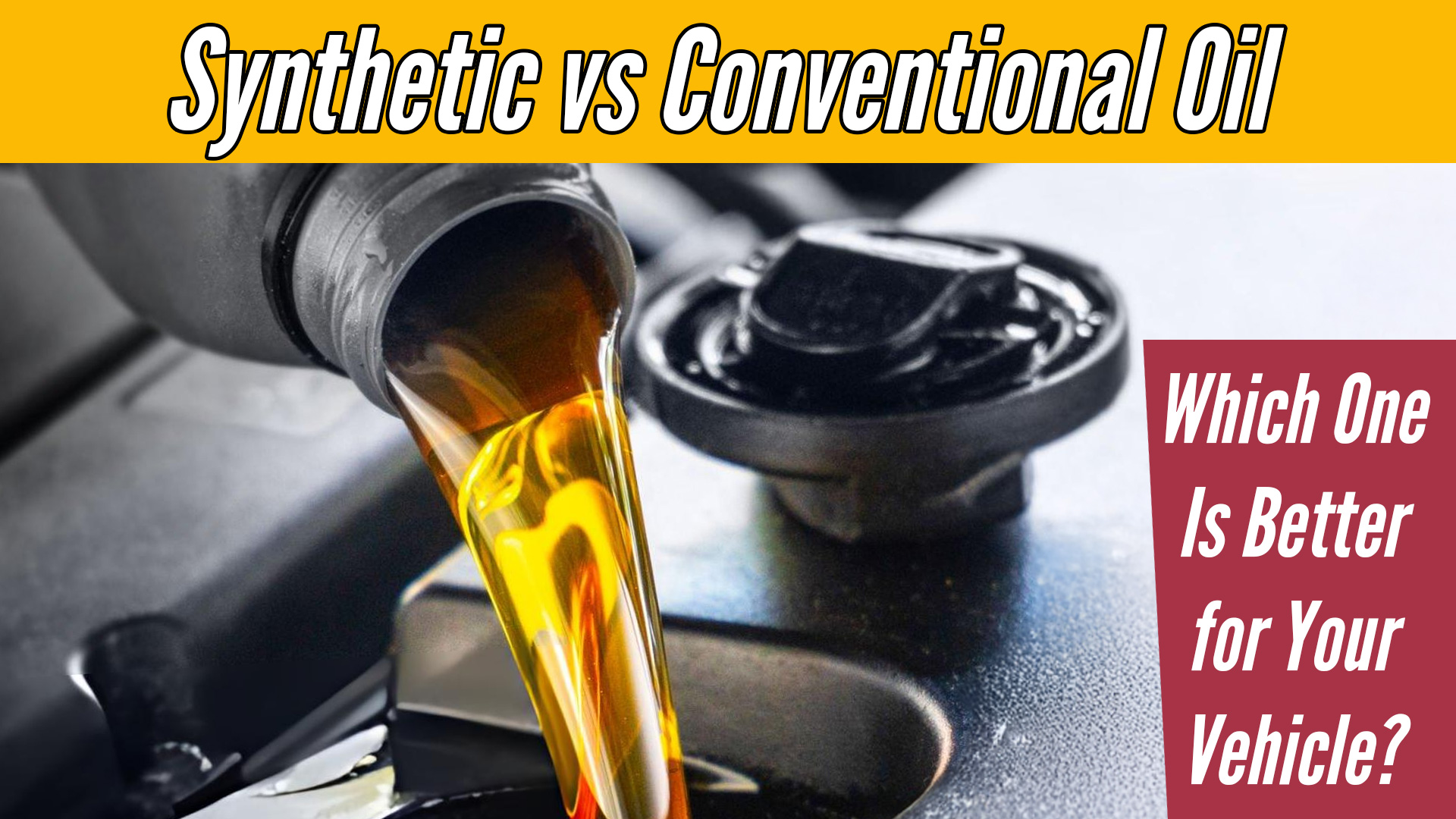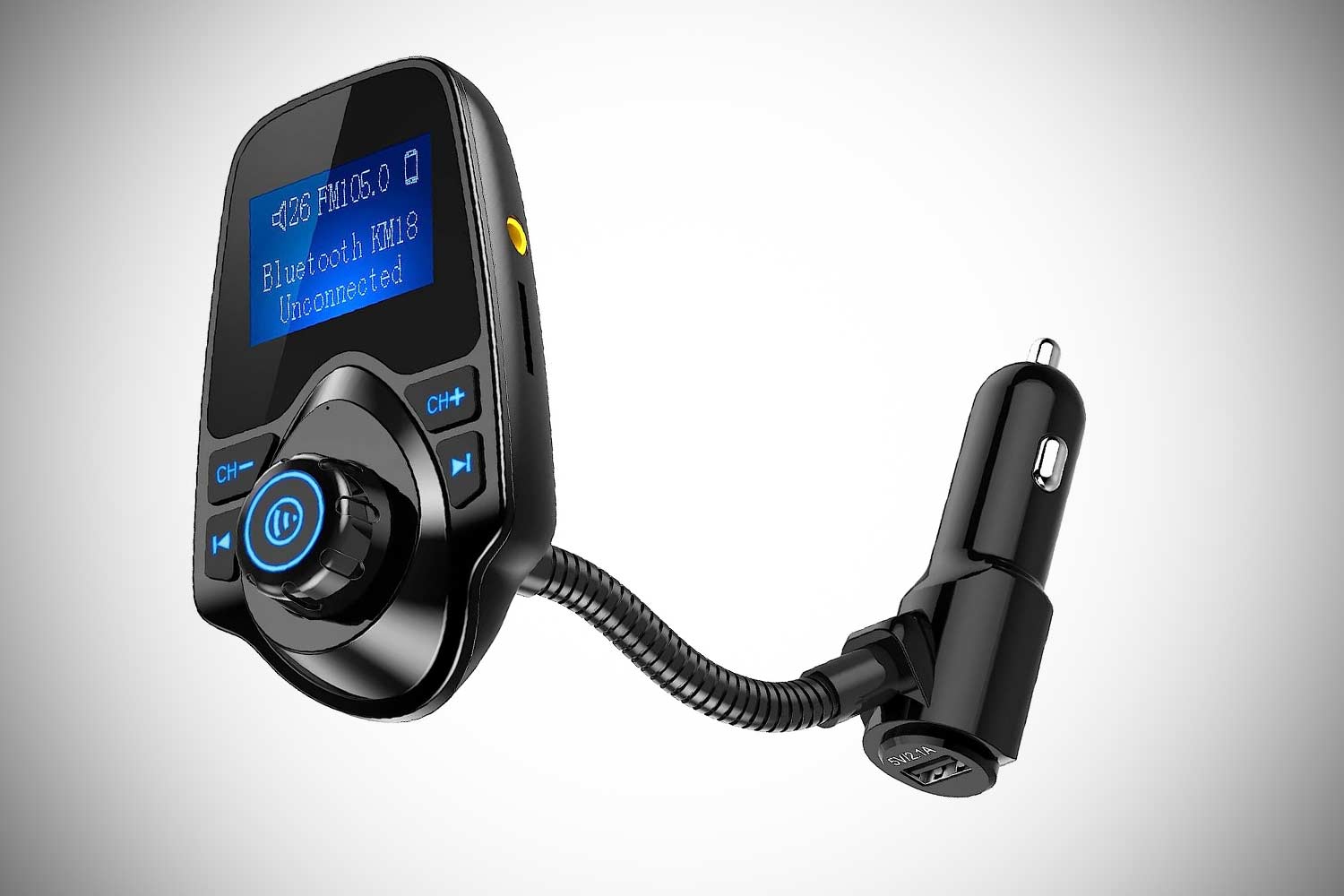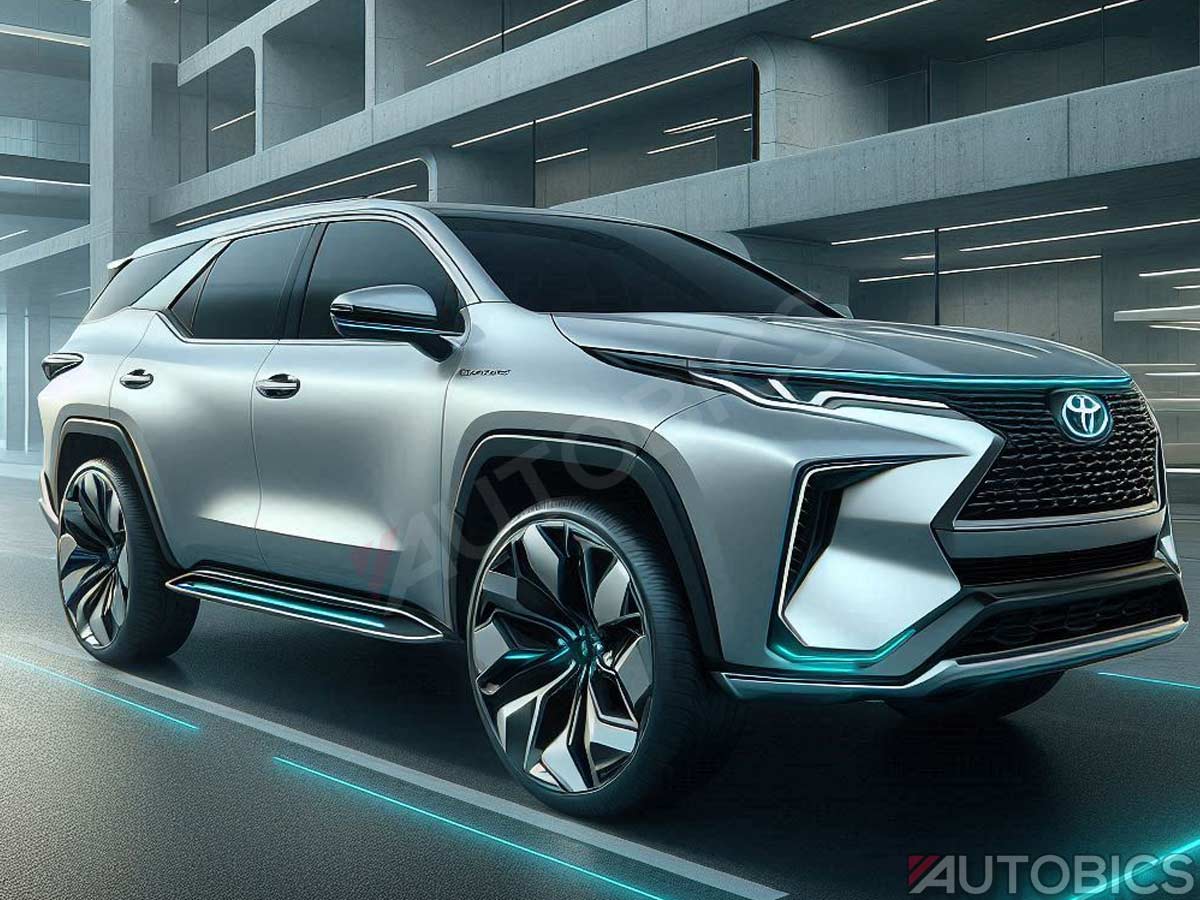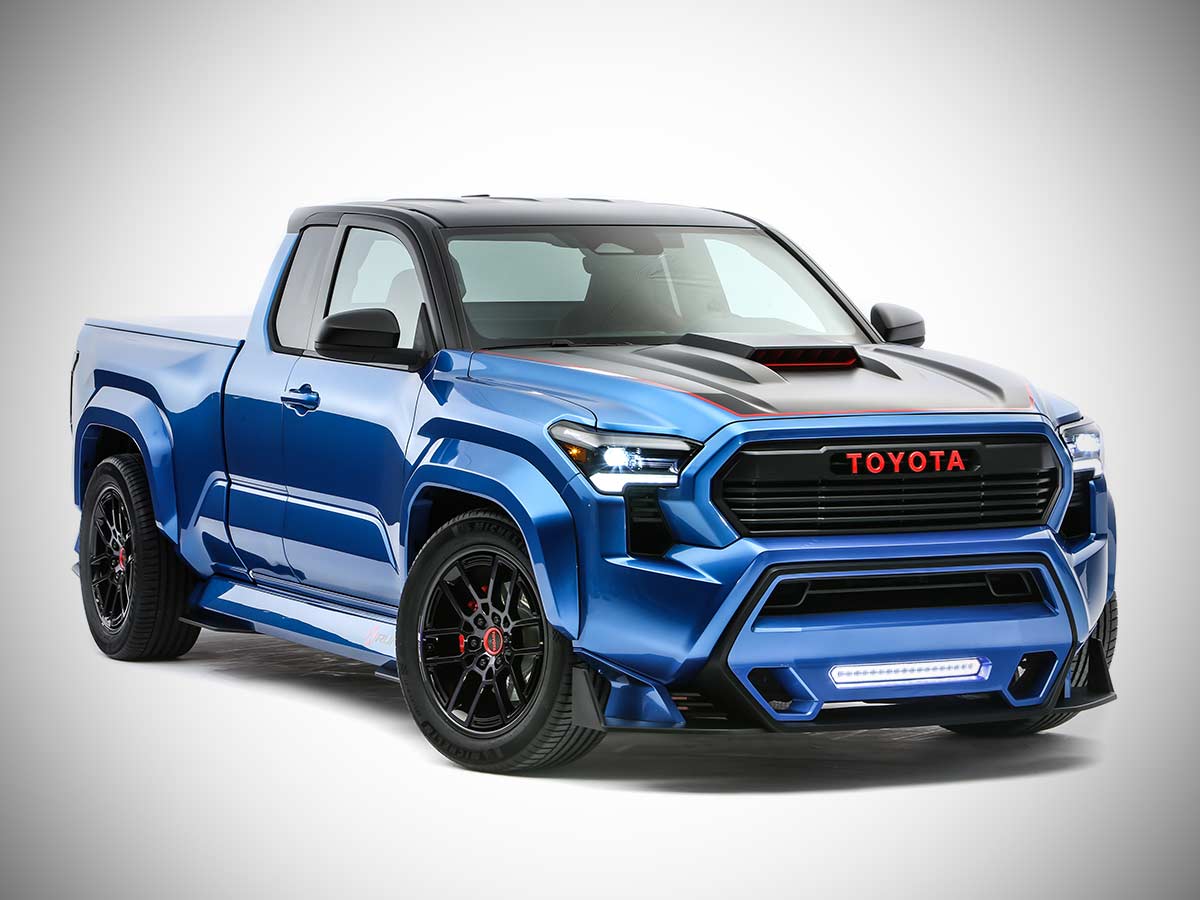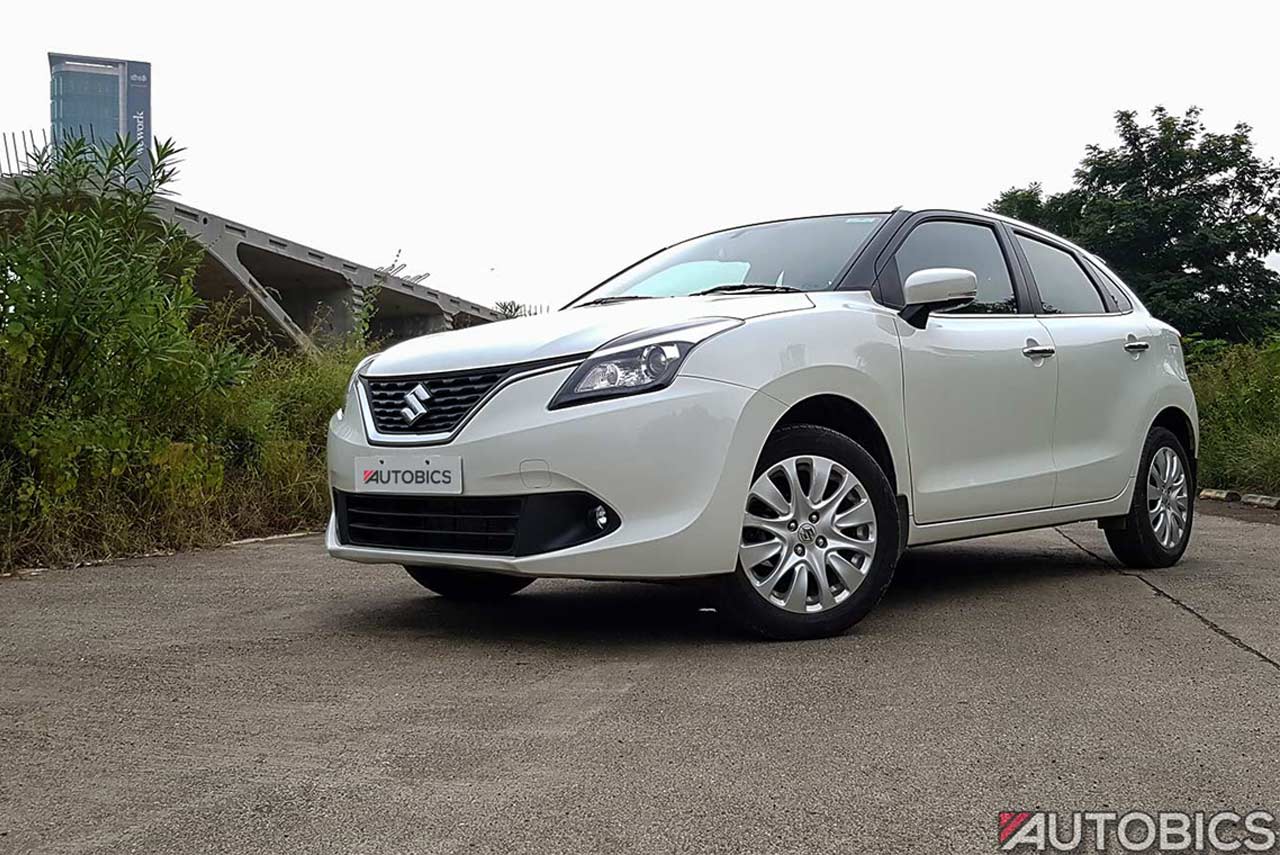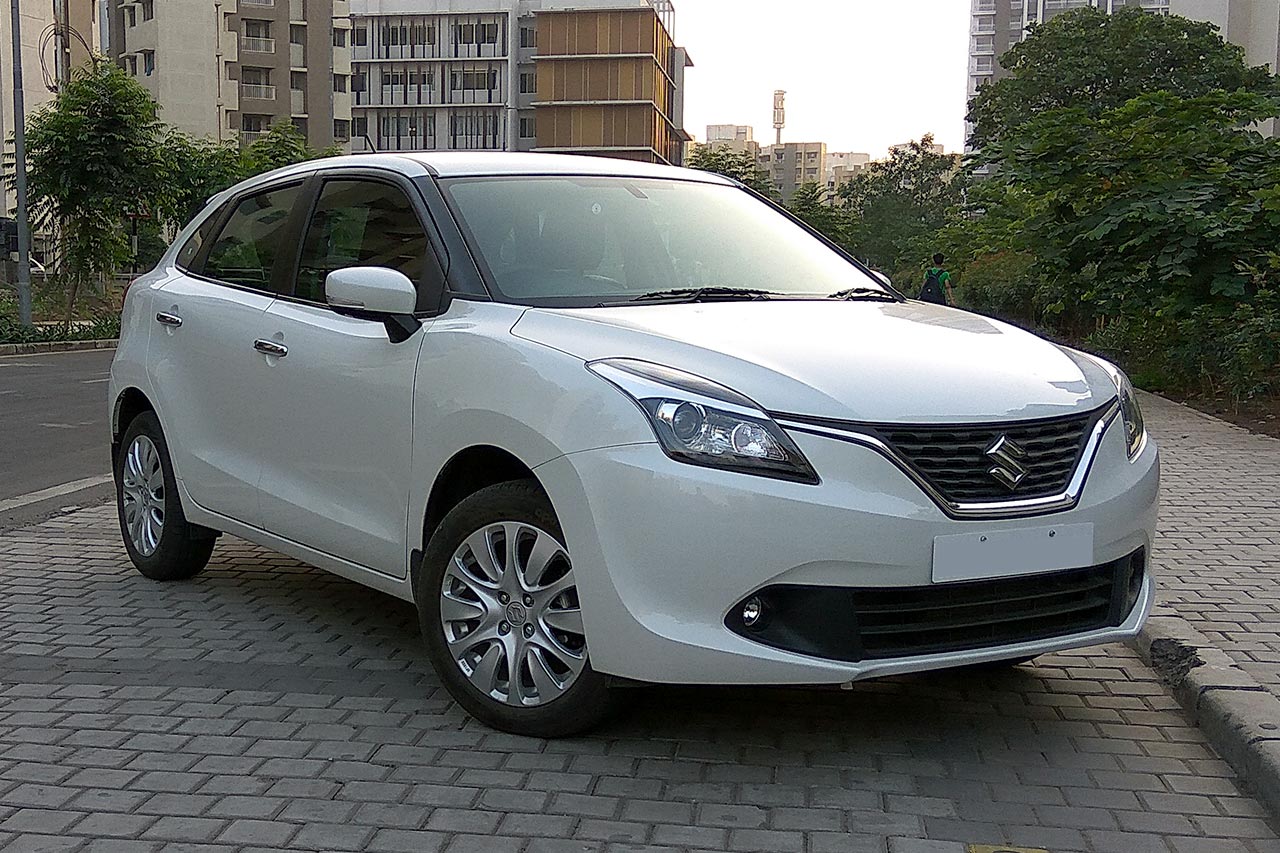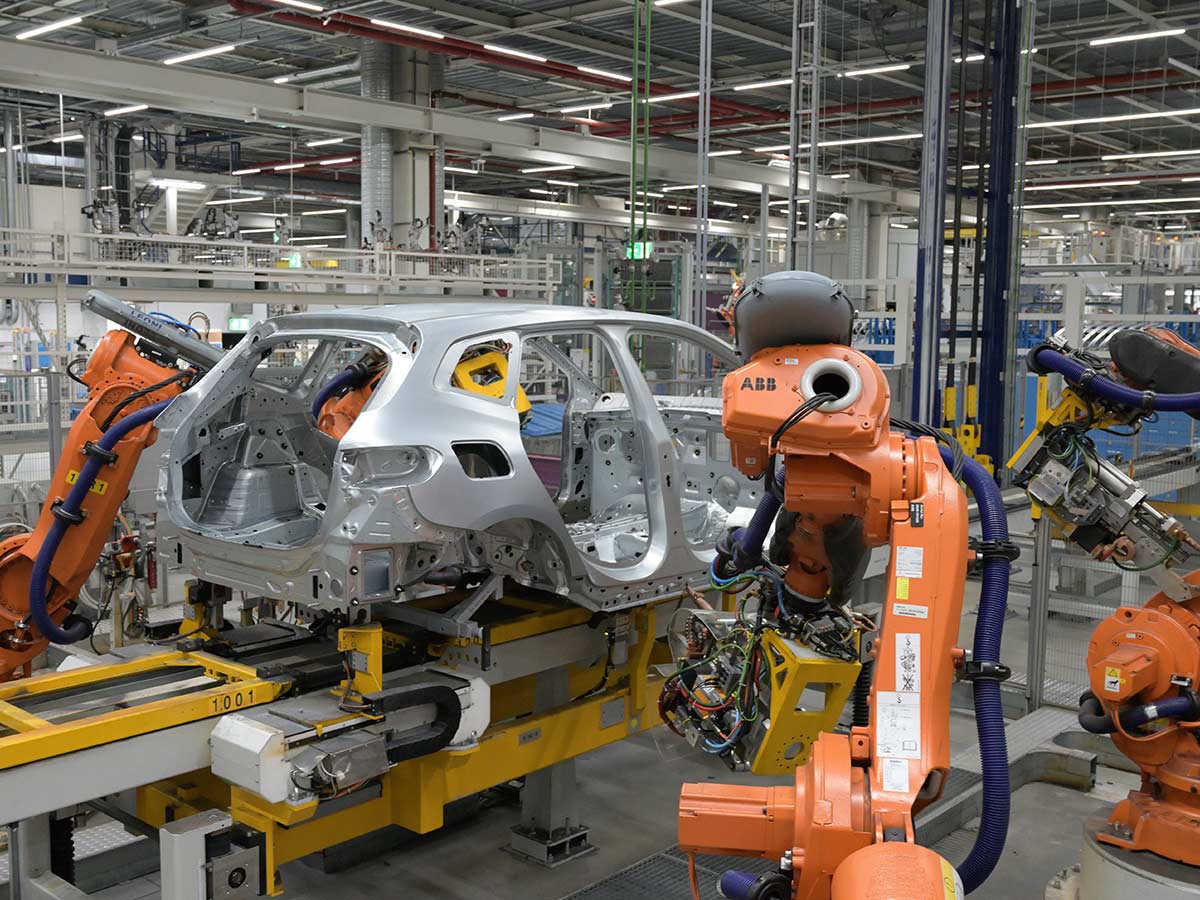When faced with the decision to lease or buy a car, many consumers ask, “is it better to lease or buy a car?” The age-old question of whether to lease or buy a car has been a topic of heated debate among automotive experts and consumers alike. With a myriad of factors at play—from depreciation and monthly payments to long-term ownership costs and lifestyle preferences—the decision ultimately hinges on individual circumstances and financial goals.
Whether you are wondering, “lease or buy a car?” or debating, “is it best to lease or buy a car?”, this comprehensive guide offers an in-depth look into both options, helping you determine which approach can save you more money over time.
>>> Great Discounts on Car & Bike Accessories <<<
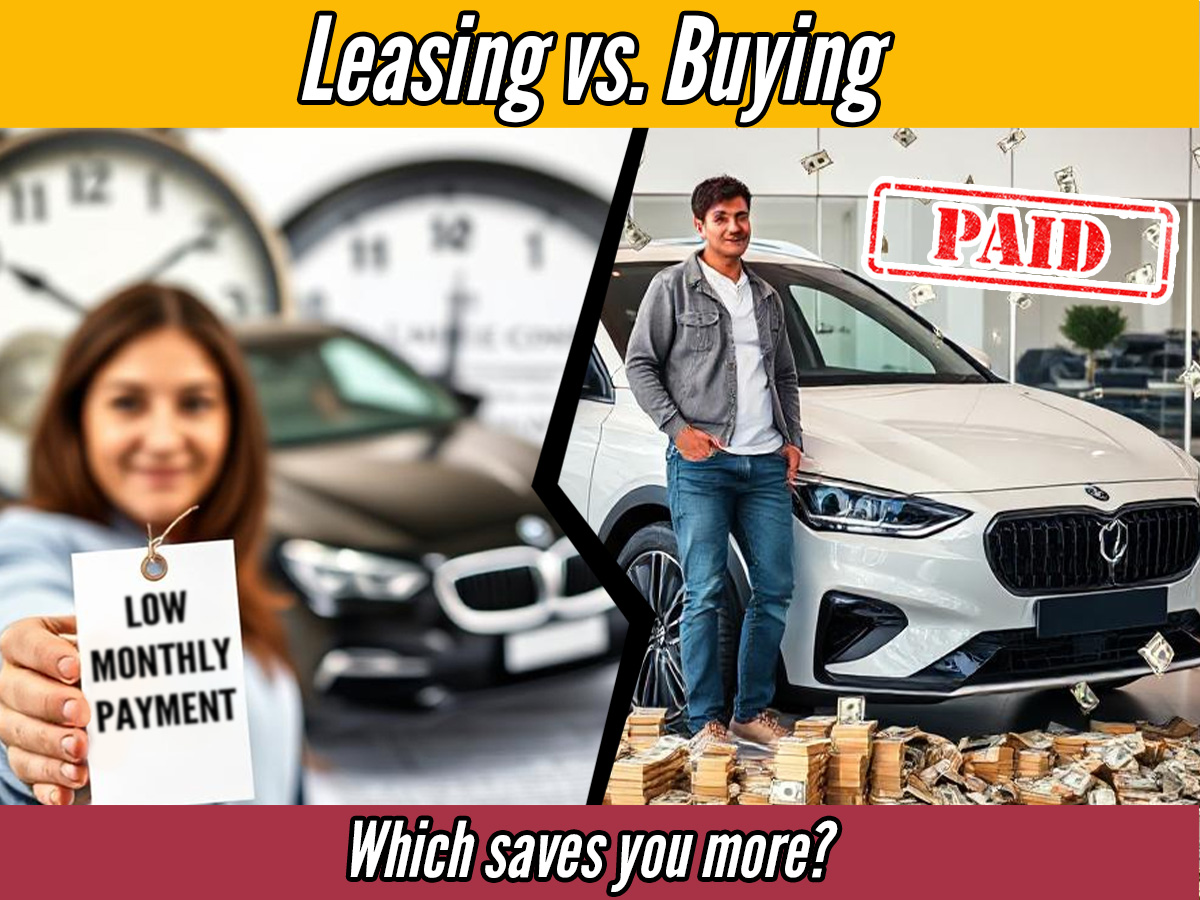
Understanding the Options
Leasing a Car
Leasing a car can be compared to a long-term rental agreement, where the user pays for the vehicle’s depreciation over the lease period rather than its full value. Key features of leasing include:
- Lower Monthly Payments: Lease payments tend to be lower than loan payments because they cover only the expected depreciation during the lease term.
- Mileage and Wear Limitations: Lease agreements typically come with annual mileage limits and requirements to maintain the vehicle in good condition, with penalties for exceeding these limits.
- Frequent Upgrades: Leasing allows drivers to experience new models with the latest technology and safety features every few years.
- Maintenance and Warranty Coverage: Many lease contracts include maintenance packages and extensive warranty coverage, reducing out-of-pocket expenses for repairs.
Buying a Car
Purchasing a car—either by financing or paying in full—results in ownership once the payments are complete. Important considerations for buyers include:
- Ownership and Equity: After paying off the loan, the car becomes an asset that can be sold, traded, or kept indefinitely.
- No Usage Restrictions: Owners are free from the mileage and wear-and-tear restrictions that accompany most lease agreements.
- Higher Monthly Payments: While initial monthly payments are generally higher when financing a car, the long-term financial benefits of ownership can outweigh these costs.
- Long-Term Savings: Keeping a vehicle well beyond the financing period can lead to significant savings, as depreciation slows and the absence of monthly payments reduces overall costs.
Analyzing the Costs: Lease vs. Finance Car
Depreciation and Residual Value
Depreciation is one of the most significant factors influencing the cost of a vehicle. According to research from Edmunds and Kelley Blue Book (KBB), a new car can lose 20% to 30% of its value in the first year alone, with a total depreciation of up to 60% over five years.
- Leasing Perspective: In a lease, monthly payments are based on the car’s expected depreciation during the lease period. For example, if a vehicle is anticipated to lose 50% of its value over five years, a three-year lease might require payment for roughly 30% to 35% of the car’s original value.
- Buying Perspective: When purchasing a car, the owner bears the full impact of depreciation. However, once the loan is paid off, the vehicle becomes a cost-free asset (aside from maintenance and insurance), which can offer financial benefits if the vehicle is retained for many years.
Monthly Payment Comparisons
Monthly payments vary significantly between leasing and buying:
- Lease Payments: These are generally lower, often amounting to around 1% of the vehicle’s MSRP per month. This lower cost is due to financing only the depreciation over the lease term.
- Loan Payments: Financing a car usually results in monthly payments that are approximately 3% to 5% of the vehicle’s value per month, influenced by the interest rate, down payment, and loan term.
According to data compiled by Consumer Reports, monthly payments for leasing a car can be 20% to 40% lower than those for financing the same vehicle, depending on the terms and credit conditions. However, additional fees and lease-end costs, such as disposition fees or charges for excessive wear, can impact the overall cost.
Total Cost of Ownership (TCO)
When evaluating leasing versus buying a car, it is essential to consider the Total Cost of Ownership (TCO), which includes:
- Monthly Payments
- Maintenance and Repair Costs
- Insurance
- Taxes and Fees
- Depreciation
Leasing Total Cost of Ownership:
- Generally lower in the short term.
- Includes periodic fees (e.g., disposition fees, potential penalties for exceeding mileage limits).
- May be more expensive in the long run if new leases are continually entered into.
Buying Total Cost of Ownership:
- Higher initial monthly payments.
- The asset eventually becomes owned outright, reducing long-term expenses.
- Maintenance and repair costs can increase as the vehicle ages, but these are often offset by the lack of ongoing payments after the loan term.
A study by AAA’s 2024 Your Driving Costs found that for vehicles kept beyond six years, the overall cost of ownership is typically lower for buyers compared to those who continuously lease new models.

Real-World Data and Figures
Depreciation Trends
- Edmunds reports that a midsize sedan may lose between 45% and 50% of its value within the first three years.
- Kelley Blue Book (KBB) highlights that depreciation is steepest during the initial years, which is a critical consideration for those evaluating lease payments.
Monthly Payment Estimates
- Leasing Scenario: For a vehicle with an MSRP of $30,000, a three-year lease might involve a down payment of approximately $2,000 and monthly payments around $300, plus a disposition fee at lease-end.
- Buying Scenario: Financing the same vehicle over a 60-month term at a 4% APR could result in monthly payments near $550, with the vehicle’s residual value falling to between $15,000 and $18,000 after five years.
Comparative Analysis
Research from Consumer Reports suggests that while leasing offers the allure of lower monthly payments, the cumulative expenses of continuous leases can surpass the costs of ownership over time. Conversely, if the vehicle is driven for an extended period—especially beyond the duration of the financing period—purchasing becomes the more economical option.
Weighing the Pros and Cons
Advantages of Leasing a Car
- Lower Upfront and Monthly Costs: Ideal for drivers who prefer a lower immediate cash outlay.
- Access to New Technology: Regularly driving newer models with advanced safety and technology features.
- Included Maintenance: Many lease contracts offer bundled maintenance and warranty coverage, reducing unexpected repair costs.
- Tax Benefits for Businesses: Business owners may enjoy specific tax deductions or benefits when leasing vehicles.
Drawbacks of Leasing a Car
- Mileage Limitations: Annual mileage caps can be restrictive for long-distance commuters.
- No Asset Accumulation: At the end of the lease term, there is no equity or asset ownership.
- Potential Additional Fees: Excess wear-and-tear charges, disposition fees, and penalties for early termination can add to the cost.
- Cycle of Continuous Payments: Leasing requires ongoing monthly payments if one consistently opts for new leases.
Advantages of Buying a Car
- Long-Term Ownership: Once the loan is paid off, the vehicle is fully owned, offering potential savings over an extended period.
- No Restrictions: Owners are free to drive unlimited miles and modify the vehicle as desired.
- Asset Value: The car can be sold or traded later, potentially recouping some of the initial investment.
- Cost Benefits Over Time: Keeping a car well past the financing period can significantly reduce the overall expense, as monthly payments cease.
Drawbacks of Buying a Car
- Higher Monthly Payments: Financing typically requires higher monthly expenditures than leasing.
- Immediate Depreciation Impact: Buyers absorb the full effect of depreciation, especially in the early years.
- Increased Maintenance: Older vehicles may incur higher repair and maintenance costs as warranties expire.
- Upfront Financial Commitment: Purchasing often necessitates a larger initial down payment compared to leasing.
>>> Great Discounts on Car & Bike Accessories <<<

Making the Decision: Financial and Lifestyle Considerations
The choice between leasing and buying a car depends on several key factors:
- Usage Patterns:
- Leasing may be preferable for those with shorter commutes or predictable driving habits that fall within mileage limits.
- Buying is advantageous for drivers who frequently travel long distances or require the flexibility to drive without restrictions.
- Financial Goals:
- If minimizing monthly cash flow is a priority, leasing can offer short-term financial relief.
- For long-term savings and building equity, purchasing is generally the better option, especially if the vehicle is intended to be kept for more than six years.
- Preference for New Models vs. Long-Term Value:
- Leasing appeals to consumers who value the latest features and regular vehicle upgrades.
- Buyers who prefer to invest in a car and potentially enjoy years without payments once the loan is completed may find purchasing more satisfying.
Expert analyses from J.D. Power and various market studies indicate that the break-even point between leasing and buying typically falls around the six-year mark. Those who frequently upgrade their vehicles may find leasing more appealing, while drivers committed to long-term ownership often realize greater savings through purchasing.
The Bottom Line
Choosing between leasing and buying a car is a decision that hinges on both financial calculations and personal preferences. Leasing might be the right path for those who prioritize lower monthly payments and the ability to drive a new car every few years, while buying is generally more cost-effective in the long run, especially if you plan to hold onto your vehicle well past the financing period.
By carefully considering factors such as depreciation, total cost of ownership, driving habits, and long-term financial goals, you can make a decision that best suits your lifestyle and budget. The data and insights provided here aim to equip you with a clearer understanding of the trade-offs involved, empowering you to choose the option that truly saves you money over time.
